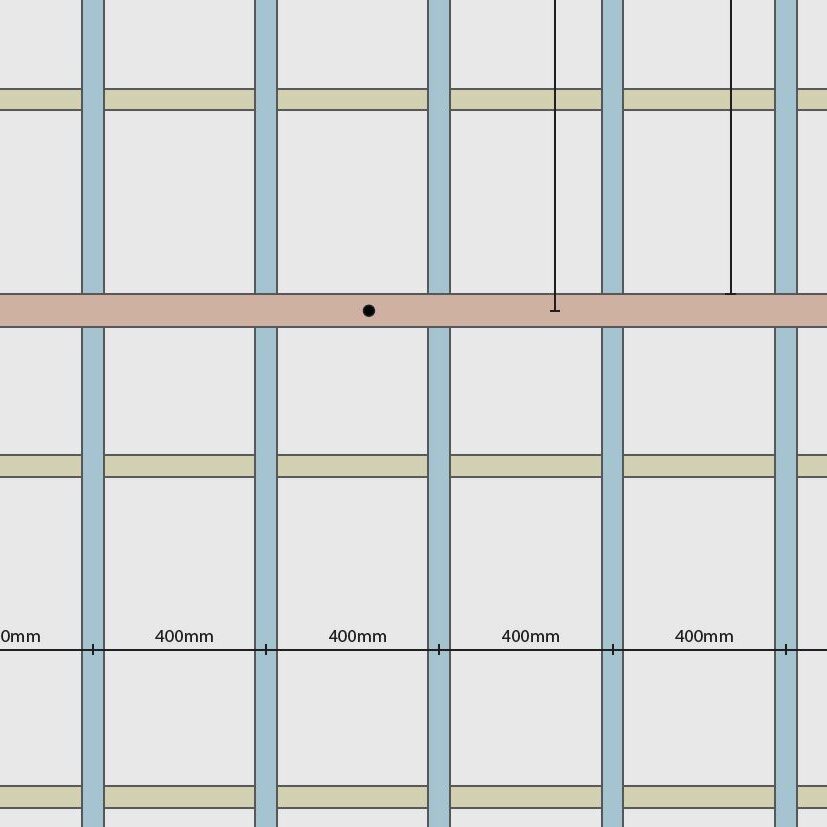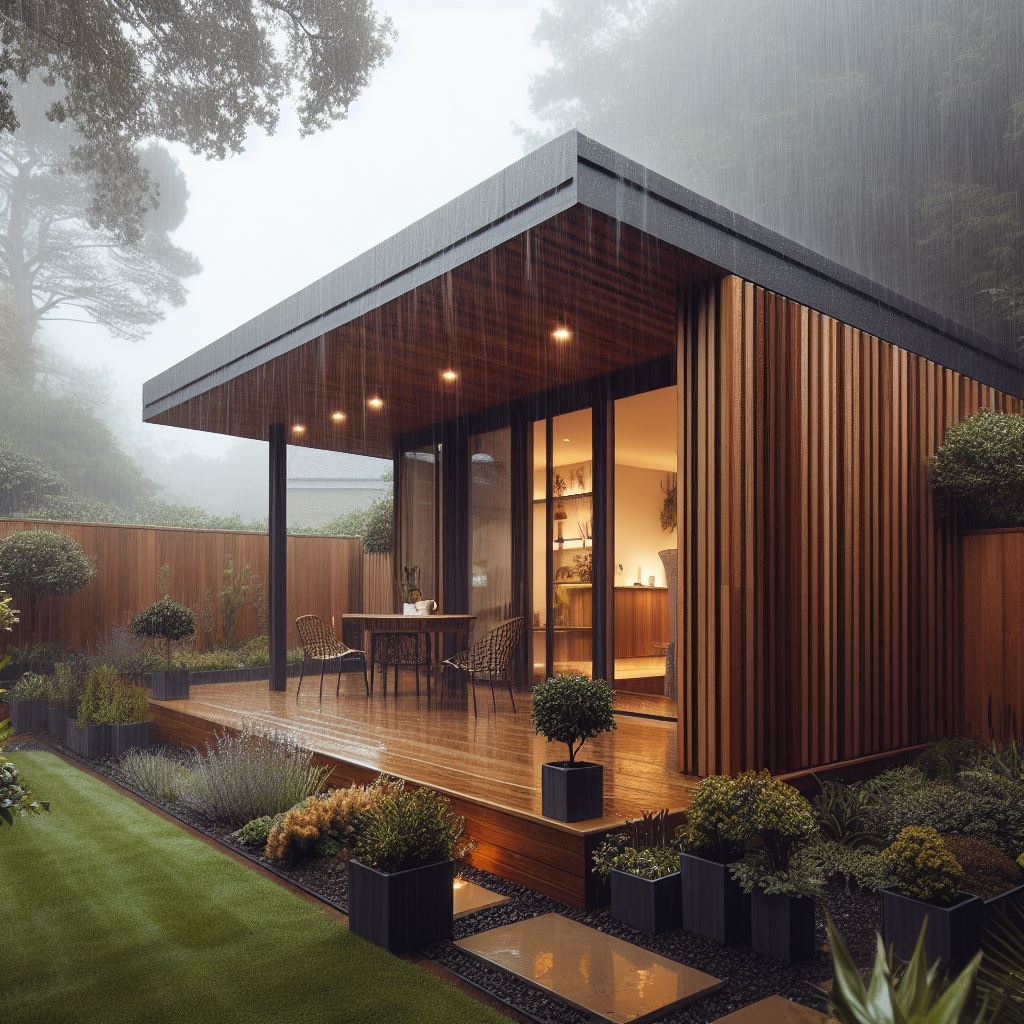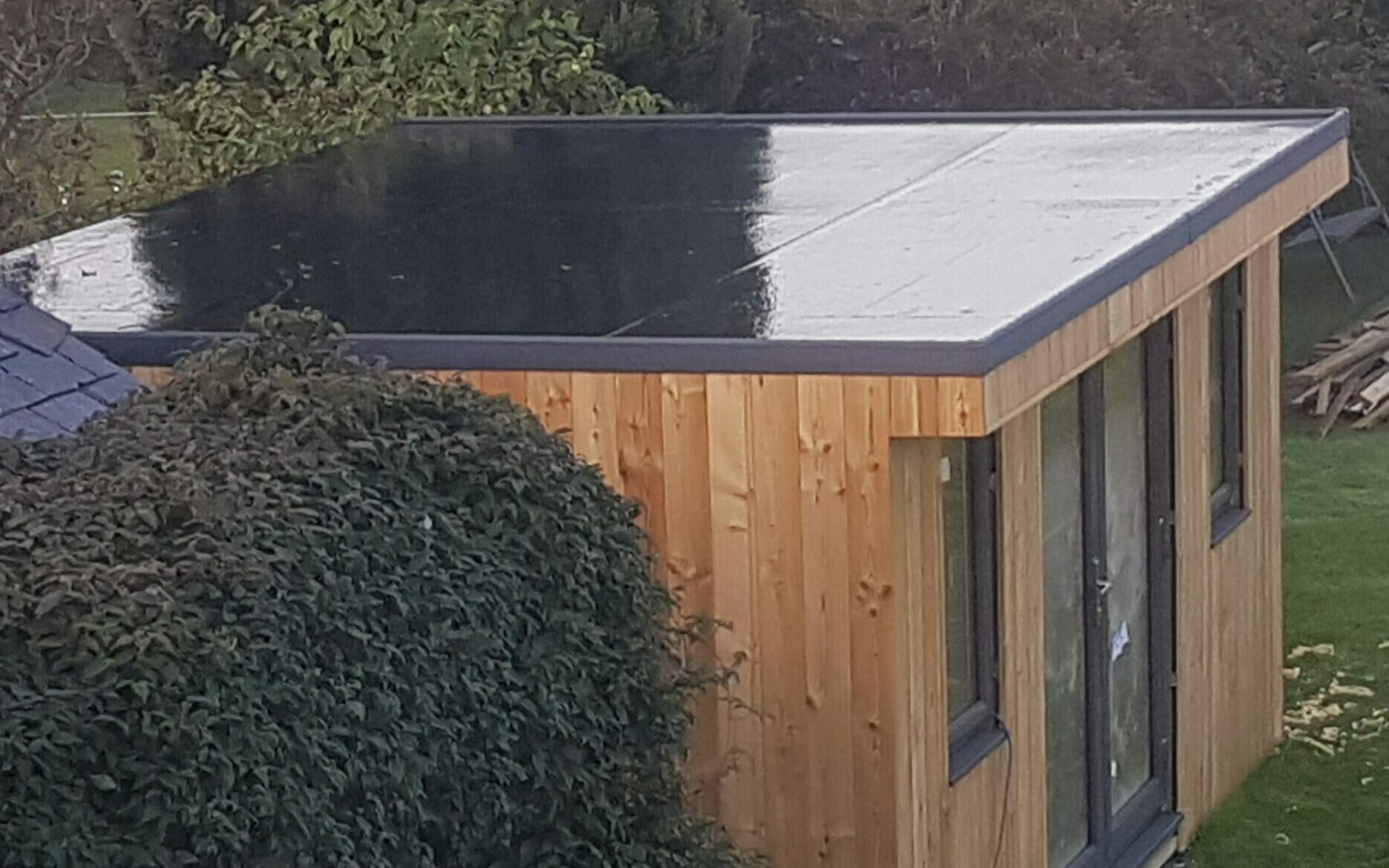To ensure that your garden room stands the test of time and provides a comfortable environment year-round, you need to install a vapour barrier.
Vapour Barrier
What is a Vapour Barrier?
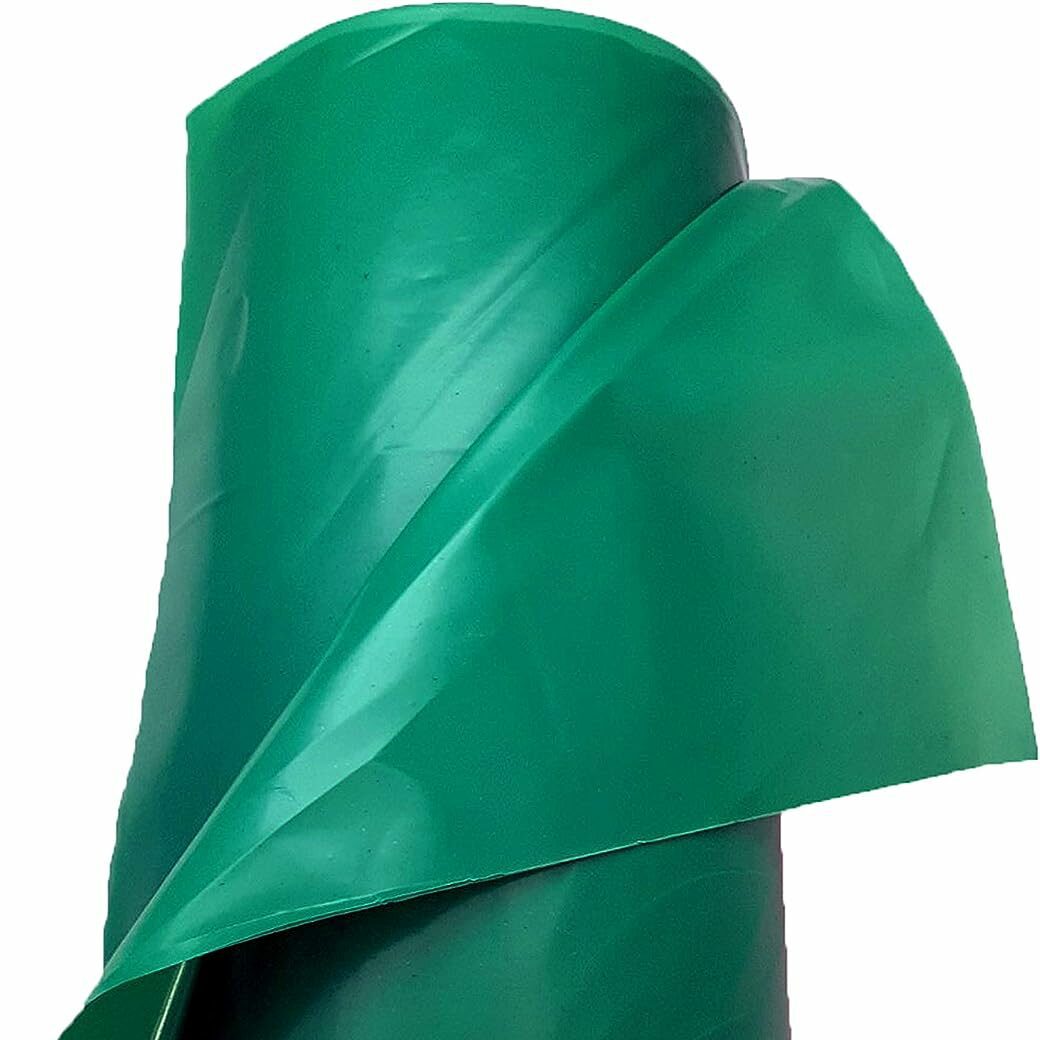
A vapour barrier, also known as a moisture barrier, is a thin layer of material designed to restrict the movement of water vapour.
It’s installed in building structures to prevent moisture from the interior spaces from infiltrating the building structure.
Think of it as a protective shield for your garden room, keeping it safe from the damaging effects of moisture.
How Does it Work?
The vapour barrier works by creating a barrier that moisture cannot pass through. It’s like a wall that prevents water vapour from migrating into the structure of your garden room.
This is crucial, especially if you want to protect the integrity of your building over time.
The Importance of Using a Vapour Barrier in Your Garden Room
Protecting Your Structure
A garden room is an investment, and you want it to last. Without a vapour barrier, the moisture inside your garden room can migrate into the walls, leading to rot, decay, and structural damage. It’s like allowing termites into your home – they silently undermine its stability.
Preventing Mold and Mildew
Mold and mildew thrive in moist environments, and once they take hold, they can be hard to fix. Installing a vapour barrier keeps your garden room structure free from moisture.
How to Properly Install a Vapour Barrier
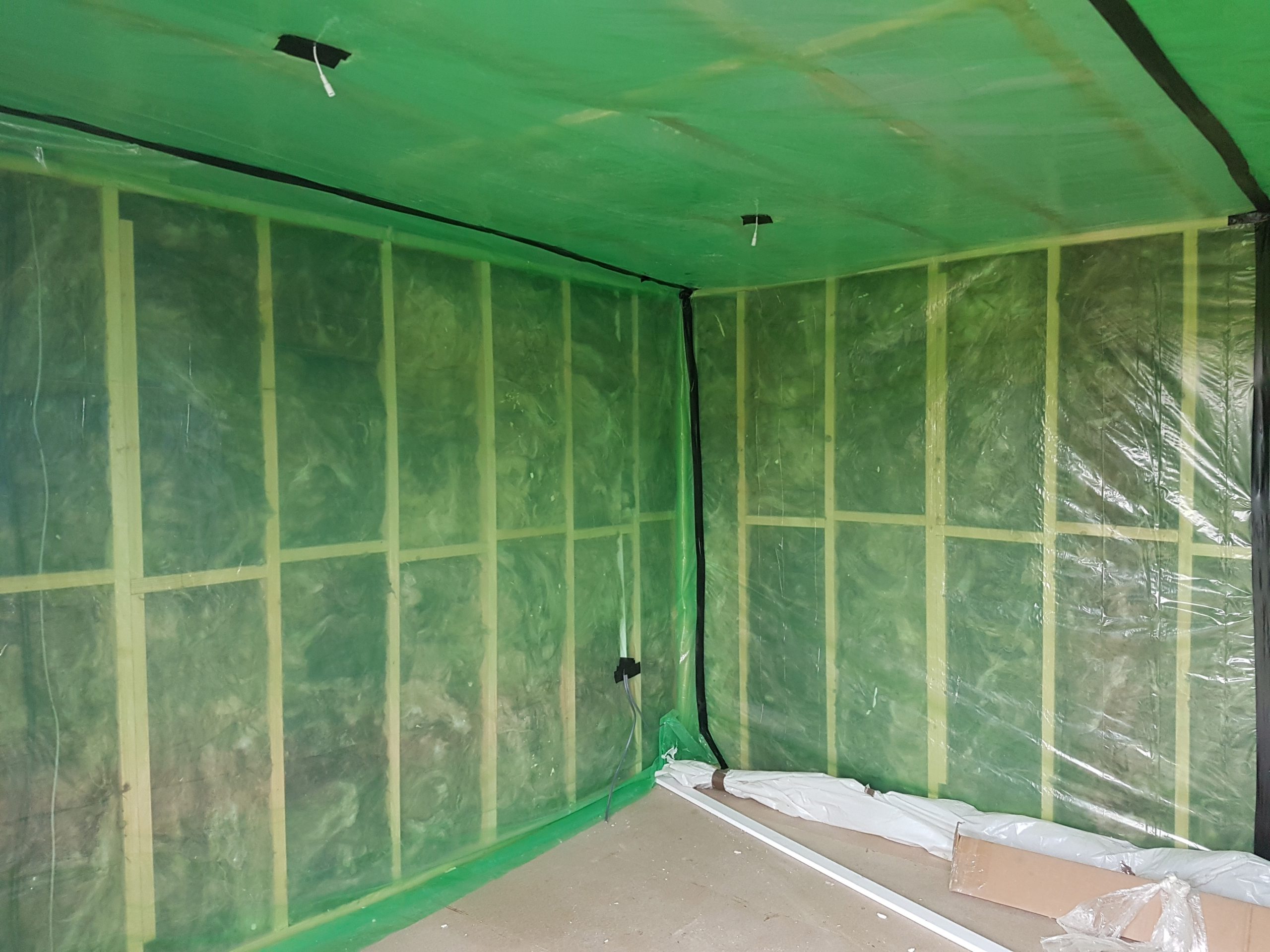
Choose the Right Material
Not all vapour barriers are created equal. When selecting a vapour barrier, opt for a high-quality, waterproof material that’s designed for the specific conditions of your area.
Proper Placement
The vapour barrier should be installed on the warm side of the insulation. In most cases, this means it should be positioned between the insulation and the interior walls and roof. Make sure it’s well-sealed to prevent any gaps or leaks.
Seal Joints and Edges
To be effective, a vapour barrier must be seamless. Ensure that all joints and edges are sealed using specialized tape or adhesive. This attention to detail will pay off in the long run.
Consider Ventilation
A vapour barrier is essential for keeping moisture out of the structure. Proper ventilation is crucial for allowing the trapped moisture to escape from the Garden Room. Install vents to maintain good air circulation within your garden room.
Types of vapour barrier used in garden rooms
Most vapour barriers used in garden rooms are polythene sheets and foil-backed insulation with taped joints.
Polythene
A popular choice for garden rooms. The plastic sheeting is attached to the timber frame of the building using heavy-duty staples.
The NHBC Guideline is that polythene sheets should be 500 gauge (120 micron) and have a 100mm minimum overlap. While most garden rooms don’t have to conform to building regulations, they offer an excellent guide to best practices.
- 500Gauge – 125MU Green Tint 2.7m x 50m Roll
- CE Marked to EN13984
- For use within wall, roof and floor construction
- Damplas Vapour Barrier is intended for use within structures to prevent the penetration of moisture into structures surfaces and to improve the airtightness of buildings.
- Vapour Barrier also restricts the movement of warm moist air and improves building insulation.
Foil-backed Insulation (taped)
PIR insulation has a layer of foil that acts as a vapour barrier. Aluminium foil tape can be used to seal any joints between pieces of insulation to create a seamless vapour barrier.
- PREMIUM QUALITY ALUMINIUM FOIL TAPE: Our Premium Quality Aluminum Foil Tape Is Ideal For Covering, Protecting, Repairing And Insulating
- STRONG ADHESION: Aluminum Tape Is Highly Self-Adhesive And Durable. Provides A Strong And Adhesive Bond
- HEAT AND WATER RESISTANT: Aluminum Tape Is Water And Heat Resistant.
- MULTIPURPOSE: Commonly Used For Sealing And Joining Insulation, Pipe Works , Ducting, Heated Gaps In Radiators , Car Exhausts, Car Panels And On Many Other Applications.
What is the difference between a vapour barrier and a breathable membrane?
A vapour barrier and a breathable membrane are both used in the walls of a garden room, but, they have different roles:
- A vapour barrier is used on the inner side of the insulation and is designed to stop moist air from passing through it and into the building structure.
- A breathable membrane is used on the outer side of the building, under the cladding. Breathable membranes must repel water from the outside while allowing moisture from the inside to escape.
Conclusion
To ensure your garden room remains comfortable, structurally sound, and free from moisture-related issues, don’t overlook the importance of a vapour barrier.
It’s your first line of defense against the damaging effects of moisture and a key component in creating a welcoming and long-lasting space.
Breathable Membrane in a Garden Room
A breathable membrane is essential for your Garden Room. this is because….
Frequently asked questions
Do I really need a vapor barrier for my garden room?
Absolutely. A vapor barrier is essential for protecting your investment, maintaining comfort, and preventing moisture-related problems. It’s a small investment that pays off in the long run.
What happens if I don’t use a vapor barrier?
Without a vapor barrier, your garden room is vulnerable to moisture-related damage, including structural issues, mold growth, and discomfort. It’s a risk not worth taking.
Is there a specific type of vapor barrier I should use?
A popular choice for garden rooms is polythene sheets which should be 500 gauge (120 micron) and have a 100mm minimum overlap.
Construction
LATEST CONSTRUCTION NEWS
Garden Room Build Packs
Build Your own Garden Room with Ease, using one of our Garden Room Build Packs. Including Detailed plans, measurements an itemised price lists.
Garden Room Guttering and Drainage
Garden Room Guttering and drainage are essential. The guttering protects the walls and foundations of the building from water damage, keeps the garden…
Garden Room Roof Options
When creating your dream garden room, one of the most crucial elements is your choice of roof covering. The right roof not only…




